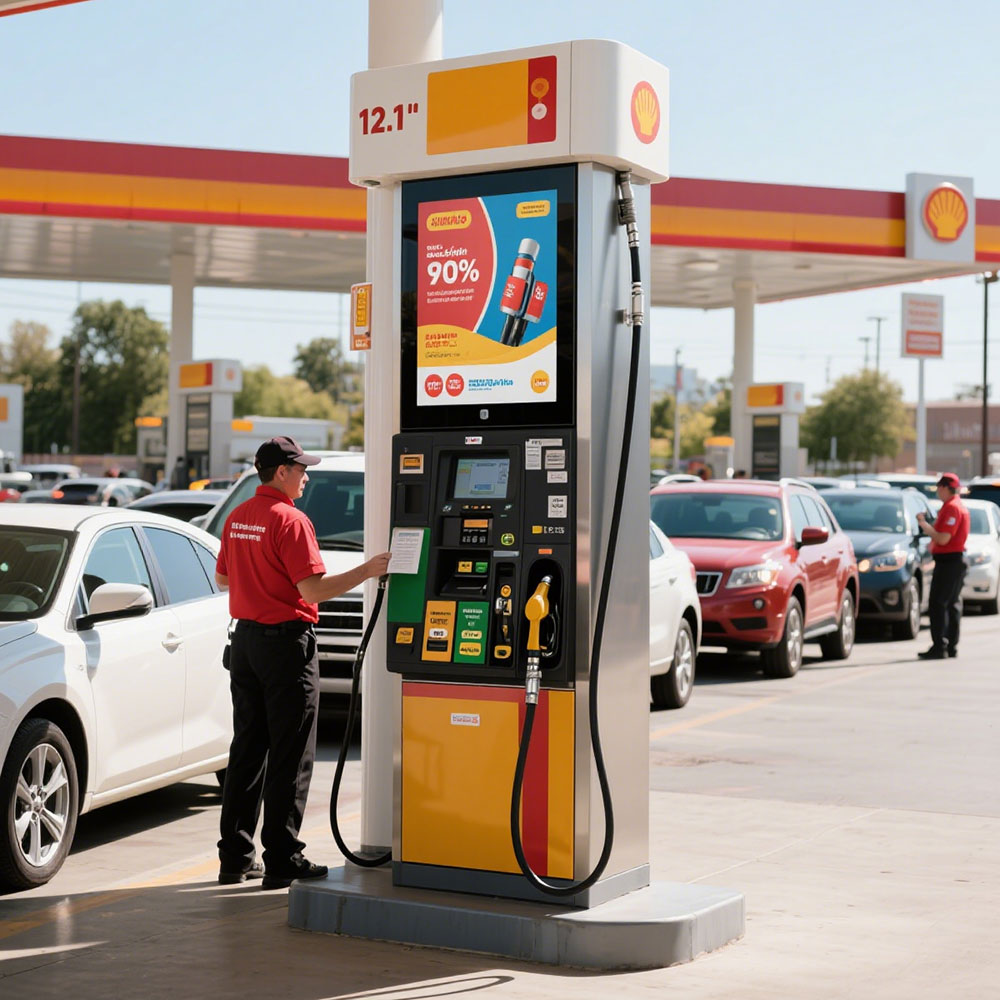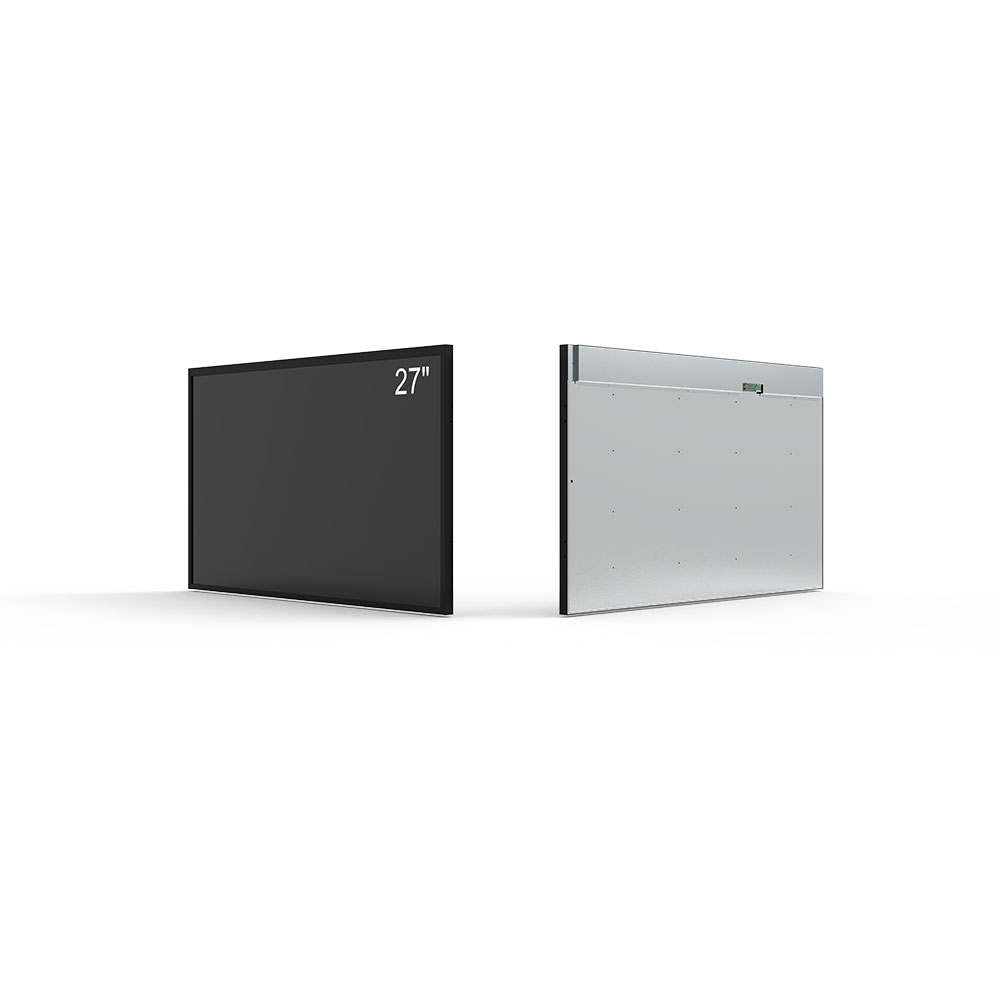When selecting an outdoor LCD display for commercial, industrial, or public applications, choosing the right model is critical—not only for image clarity under harsh environmental conditions but also for long-term reliability and cost-efficiency. Unlike indoor screens, outdoor LCDs must withstand extreme temperatures, UV radiation, humidity, rain, and even vandalism. This comprehensive guide outlines key technical specifications, real-world performance benchmarks, and practical considerations based on industry standards such as IP65/IP68 for weatherproofing, ANSI/IES LM-79 for photometric testing, and MIL-STD-810G for shock and vibration resistance.
Brightness and Contrast: The Foundation of Visibility
The most critical parameter for any outdoor display is brightness, typically measured in nits (cd/m²). For direct sunlight exposure—common in urban environments or highways—LCD panels must achieve at least 5,000 nits to remain legible. High-end models used in stadiums or airports often exceed 10,000 nits. Brightness alone isn’t sufficient; contrast ratio matters just as much. A high contrast ratio (e.g., 4,000:1 or higher) ensures deep blacks and vibrant colors, especially important during dusk or dawn when ambient light changes rapidly. According to a 2023 study by the Society for Information Display (SID), displays with dynamic backlight control and local dimming technology improve both visibility and energy efficiency by up to 25%.

Environmental Protection: IP Ratings and Material Quality
Outdoor LCDs must be protected from dust, water ingress, and physical damage. The International Protection (IP) rating system provides clear benchmarks: IP65 means complete protection against dust and low-pressure water jets, while IP68 indicates full submersion capability up to 1 meter for 30 minutes. In coastal regions or areas with heavy rainfall, IP68-rated enclosures are essential. Additionally, aluminum frames with powder coating offer superior corrosion resistance compared to plastic or untreated metals. Case studies from Tokyo’s Shibuya Crossing show that LED-backlit LCDs with IP68 ratings maintained 99% uptime over five years despite frequent typhoons and temperature swings between -10°C and 45°C.
Thermal Management: Ensuring Longevity in Extreme Conditions

Temperature extremes can severely impact screen lifespan. Most LCD panels operate optimally between 0°C and 40°C, but outdoor units must function reliably from -30°C to 60°C. Passive cooling methods like heat sinks and thermal pads are insufficient for high-brightness panels. Active cooling systems—such as fans integrated into the chassis or liquid-cooled modules—are necessary in hot climates like Dubai or Phoenix. A 2022 report by the National Renewable Energy Laboratory (NREL) found that displays with intelligent thermal management reduced failure rates by 60% in desert environments. Furthermore, using wide-temperature TFT-LCD panels instead of standard ones extends operational life significantly.
Power Efficiency and Sustainability
Energy consumption directly affects operating costs and sustainability goals. Modern outdoor LCDs utilize LED backlighting, which consumes 30–50% less power than older CCFL technologies. Some manufacturers now integrate solar-powered solutions with battery backup systems for off-grid installations. For example, a 2024 pilot project in Nairobi deployed solar-charged outdoor displays that operated continuously for 72 hours without grid power—a testament to how smart design enhances resilience. Compliance with ENERGY STAR and EPEAT certifications not only improves ROI but also meets corporate ESG criteria.
Mounting Options and Installation Flexibility
Installation location dictates mounting type. Wall-mounted units require sturdy brackets rated for wind loads (typically 120 km/h minimum), while pole-mounted displays need anti-vibration mounts to prevent image flicker. For temporary setups like concerts or trade shows, portable carts with locking wheels provide flexibility. Industry best practices recommend pre-installation site surveys to assess structural integrity, cable routing, and accessibility for maintenance. A case study from New York City’s Times Square revealed that improper mounting led to 17% more downtime due to panel misalignment and loose connections.
Maintenance and Remote Monitoring
Preventive maintenance is crucial for maximizing uptime. Many modern outdoor displays come with built-in diagnostics, remote firmware updates, and cloud-based monitoring platforms. These features allow operators to detect issues like backlight degradation, sensor drift, or network disconnections before they escalate. A 2023 survey by the Digital Signage Federation found that companies using remote monitoring reduced repair costs by 40% and increased screen availability to over 98%. Regular cleaning of glass surfaces with non-abrasive microfiber cloths helps maintain optical clarity and prevents algae buildup in humid zones.







